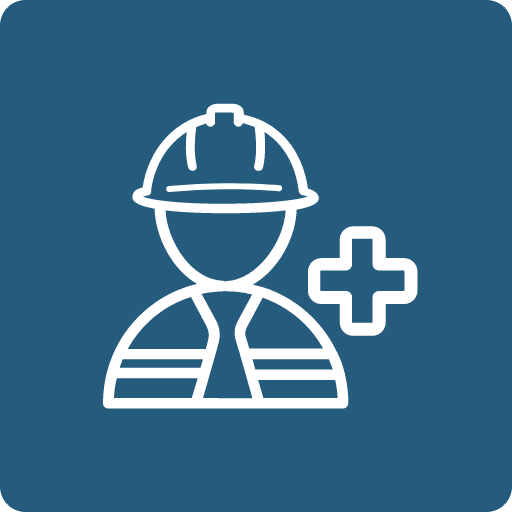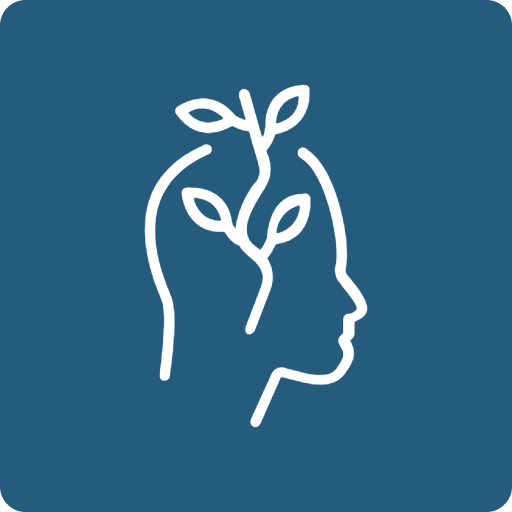Task

“The needs analysis”
free
Professional carers need to be supported in their central role of caring for patients, by providing them practical tools and methodologies that could be adapted to their professionals or non-formal contexts. This activity aims to increase professionals knowledge on tools and models aimed to identify, recognize and classify the beneficiaries’ needs and requirements.
Process
Title of activity: The needs analysis
Learning objectives:
The main goal of this exercise is to stimulate a reflection about the perspective of the needs in specific situation.
Instructions: (step by step procedure)
After a theoretical introduction about the Maslow’s Hierarchy of needs, the teacher divides the class into five groups.
The first phase of the exercise consists in examining the needs of 5 different characters, using the Maslow’s pyramid. For examples the characters could be the following:
1) Sam is a 6-year-old boy. He has just started the primary school. He plays basketball twice a week.
2) Laura is a 15-year-old teenager. She practices artistic gymnastic and she is a very promising athlete. She needs to conciliate sport and school; she needs to practice every day and she needs to get her weight under control.
3) Erik is a university student living away from home. He needs to study very hard because his scholarship is related to his academic performance. He is a people person and he likes to spent his free time with friends.
4) Ether is a 43-year-old woman. She is a manager in a company. She works a lot every day. She lives with her husband (who work as a teacher) and her two children (Sam and Laura).
5) Daniel a 61-year-old man. He is a skilled worker and he work in construction sites. He is a very good worker and he is highly appreciated by the boss. When he comes back from work, he’s always exhausted and he is starting to have some pains because of his job. He often works for several days far from home. He lives with his wife who has recently retired.
The teacher presents the characters one by one. After the presentation each group (in 5 minutes) must define at least 4 specific needs related to a step of the Maslow’s Pyramid (a different step for each group). Then a person for each group presents the works to the rest of the class.
Then repeat the activity for each character (changing in turn the steps of the pyramid for each group).
At the end of the rounds, the teacher does the summary of the identified needs for every character.
Then the teacher presents the last character:
6) Margaret, a 92-year-old woman. She is not self-sufficient, and she has walking problems. Because of a heart attack she needs to take several medicines every day throughout the day. She often needs to go to verification visit to different medical centres ubicated far from home.
Each group (in 20 minutes) have to define the specific needs of the characters for each step of the pyramid, from the lowest to the highest.
Then each group present his work. The teacher does the summary and stimulate the discussion.
Duration of activity: 2 hour
Materials: The presentation of characters, materials to elaborate posters.
Conclusion
Professional carers need to be supported in their central role of caring for patients, by providing them practical tools and methodologies that could be adapted to their professionals or non-formal contexts. This activity aims to increase professionals knowledge on tools and models aimed to identify, recognize and classify the beneficiaries’ needs and requirements.
Evaluation
- This will help professionals to enhance and empower their competencies regarding identifying, recognizing and classifying the beneficiaries’ needs and requirements.
- The professionals will gain advanced knowledge on theoretical issues related to the Maslow’s hierarchy of needs, on tools and models aimed to identify, recognize and classify the needs, defining necessary measures to satisfy a need.
- Professionals will acquire skills of applying the Maslow’s Hierarchy of needs to different situations and different needs and tools and techniques aimed to self-organise care activity.
- Professionals will be able to reflect on awareness on how they can approach the beneficiaries’ needs and requirements.












